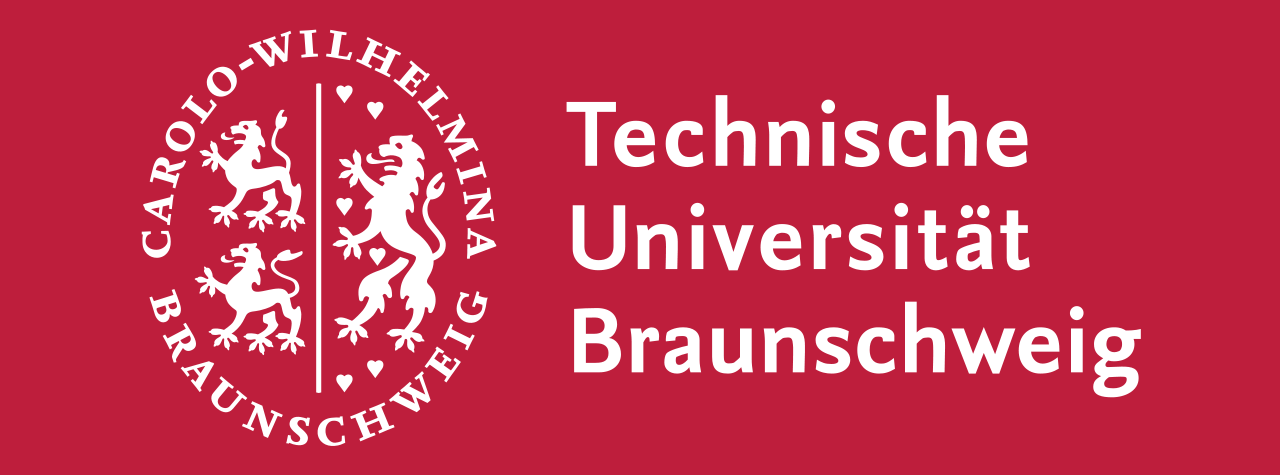Research Summary Report of A01
Particle bed 3D printing by selective cement activation: Particle surface functionalization, particle bed compaction and reinforcement integration
[03.11.2023]
Herding, Friedrich; Researcher, f.herding@ibmb.tu-bs.de
Lowke, Dirk; Project leader, lowke@tum.de
TU Braunschweig, Institute of Building Materials, Concrete Construction and Fire Safety / Technical University of Munich, Department of Materials Engineering
Our main research objective is the fundamental understanding of the material-process interactions in particle bed 3D printing (PB3DP) by Selective Cement Activation (SCA). This will allow for the manufacturing of concrete elements with high mechanical strength and dimensional accuracy. Besides we also investigate different ways of reinforcement integration, which is crucial for the manufacturing of load-bearing building components.
Summary
In particle bed 3D printing by Selective Cement Activation, the particle mixture mainly consists of sand and cement. After being scattered into the build chamber, the particle mix is smoothed and subsequently compacted by a roller. Then, the cement is selectively activated by precisely jetting water onto the particle bed. So far, rather high dosages of cement of up to 40 % vol. of the mixture have been reported (Lowke et al. 2022). As the climate crisis worsens, the need for low-carbon construction will only grow. Additive manufacturing could help reduce overall material consumption by producing more complex and force-flow optimized building components. However, the high cement content in the particle mixture can counteract these efforts. Therefore, the cement content in SCA must also decrease.
Current state of research
In recent studies, Herding et al. (2023) investigated the effect of reducing the cement content on compressive strength and dimensional accuracy, starting with a reference mixture of 60 vol.% aggregate and 40 vol.% cement (60/40). By reducing the cement content, the aggregate volume was increased accordingly. The water content was either varied to keep the w/c-ratio constant at 0.5 or kept constant, resulting in an increase in w/c-ratio with decreasing cement content. Fig 1 shows the 28 d compressive strength over the volumetric cement content. When looking at the specimens with a constant w/c-ratio of 0.5, the compressive strength decreases from 18.7 MPa (red circle) to 17.1 MPa (70/30) and 13.7 MPa (80/20). However, when the absolute water content is kept constant, i.e the w/c-ratio increases from 0.5 to 0.64 and 0.96, higher compressive strengths of 19.1 MPa (70/30) and 20.2 MPa (80/20) are obtained. This shows the possibility of achieving comparable compressive strength with low-cement mixtures and the right amount of applied water.
Lowke, D.; Mai, I.; Keita, E.; Perrot, A.; Weger, D.; Gehlen, C.; Herding, F.; Zuo, Wenqiang; Roussel, N.: Material-process interactions in particle bed 3D printing and the underlying physics. In: Cement and Concrete Research 156 (106748) (2022) 10.1016/j.cemconres.2022.106748
Herding, Mai and Lowke, Reduction of the cement content in Selective Cement Activation, 21. Ibausil, Weimar, 2023







